Job posting discrimination affects 3 out of 4 job advertisements and costs American businesses $64 billion annually through lost talent.
Understanding these critical statistics can transform your hiring strategy and protect your business from costly legal consequences.
Job Posting Discrimination: Understanding the Legal Framework
Job posting discrimination happens when ads favor or exclude people based on traits like gender, age, or race.
Knowing how to avoid it isn’t just the right thing to do—it’s smart business.
Inclusive job descriptions attract stronger, more diverse talent, while biased ones cost companies millions in lawsuits and lost opportunities.
Common types of discriminatory language
Your job posting might have discriminatory language without you knowing.
To name just one example, phrases like "recent college graduates" or "young and energetic" can discourage applicants over 40 from applying.
It also alienates qualified candidates of different genders when you use gendered terms like "handyman" or "Waitress".
Protected characteristics in employment
The law protects specific characteristics in employment situations:
- Race, color and national origin
- Religion and beliefs
- Sex (including pregnancy, sexual orientation and gender identity)
- Age (40 or older)
- Disability and genetic information
- Military or veteran status
Legal requirements and consequences
The law makes it illegal to publish job advertisements that show preference or discourage someone from applying based on any protected characteristic.
These violations can lead to serious consequences. Companies face legal fees along with damage to their reputation and lost talent opportunities.
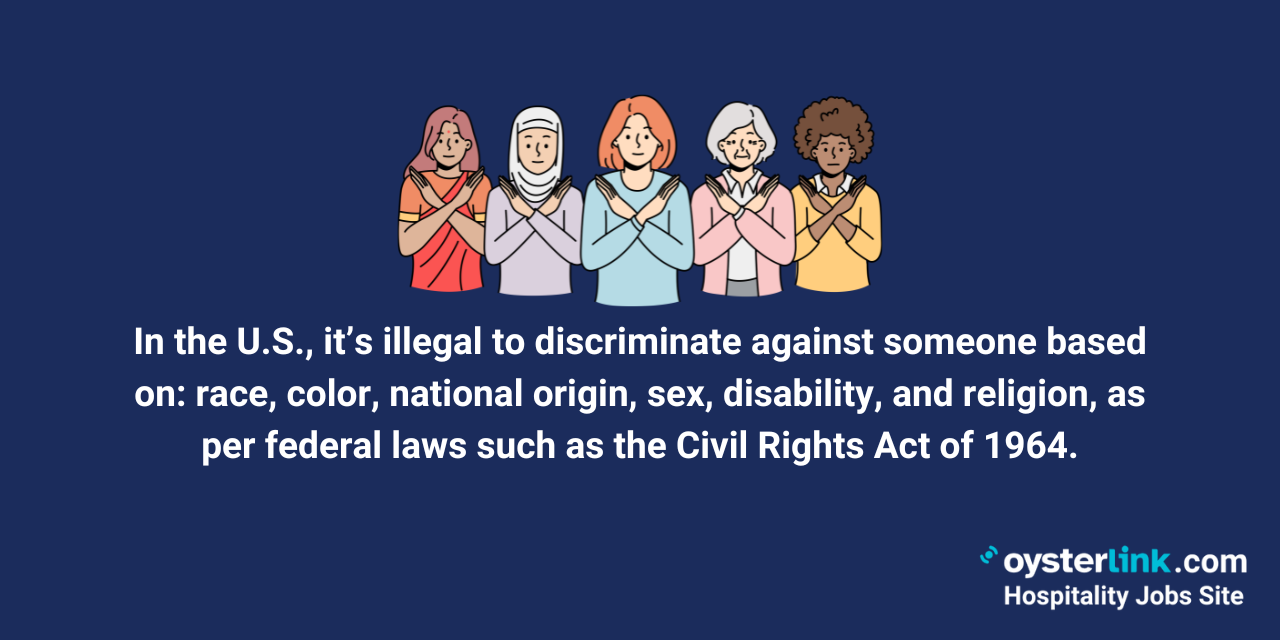
Your recruitment strategy must focus on essential skills and qualifications needed for the role, not personal characteristics of candidates.
This approach helps you avoid legal issues and lets you build a more diverse and capable workforce.
Discriminatory Job Ads: Identifying Hidden Forms of Bias
Unconscious bias in job descriptions can shrink your talent pool, harm your brand, and deter qualified candidates.
Prioritizing inclusive wording and legal compliance helps attract diverse talent and avoid costly risks.
Unconscious gender coding
Gender coding refers to the subtle use of words or phrases in job descriptions that unconsciously align with a particular gender, thus potentially deterring certain candidates.
Age-related discrimination
Age bias often hides in everyday language. A recent study found thousands of job ads using subtly discriminatory terms:
- LinkedIn: 4,749 postings with "recent college graduate"
- Indeed: 1,124 postings with the same phrase
- Monster: 513 similar listings
Cultural and racial bias indicators
Even companies that call themselves “Equal Opportunity Employers” often show little real change in bias.
Terms like “cultural fit” or “native English speaker” can quietly exclude diverse candidates, discouraging strong applicants from applying.
Impact of Discriminatory Job Postings on Your Business
Discriminatory job postings cost your business more than missed talent.
American companies lose $64 billion annually through employee turnover caused by workplace discrimination alone.
In 2010 alone, the top 10 private plaintiff employment discrimination settlements totaled +$346 million.
Beyond the monetary cost, these cases can damage reputations and hinder efforts to attract top talent, making diversity and inclusion essential business strategies.
Also, more recent cases have shown that seemingly minor mistakes, such as citizenship status restrictions in job ads, can lead to significant financial consequences.
In fact, companies have been forced to pay up to $832,944 in civil penalties due to these kinds of violations.
Lost talent opportunities
Most American adults don’t hold a college degree. That means strict degree requirements can automatically exclude the majority of skilled workers.
By focusing on skills and experience instead of formal education, companies can reach a far wider and more capable talent pool.
Inclusive Job Descriptions: Creating Bias-Free Job Postings
Here's exactly how to write job posts that welcome qualified candidates while protecting your company.
Inclusive language guidelines
Removing gender bias can increase applications by 42%.
Use neutral terms, focus on the role not the person, avoid age or cultural bias, and keep descriptions simple and direct.
Skills-based requirements
The best job descriptions prioritize essential skills over unnecessary credentials, which helps create more inclusive opportunities.
Research shows that women are more selective, applying only when they meet 56% of the qualifications, while men apply at 52%.
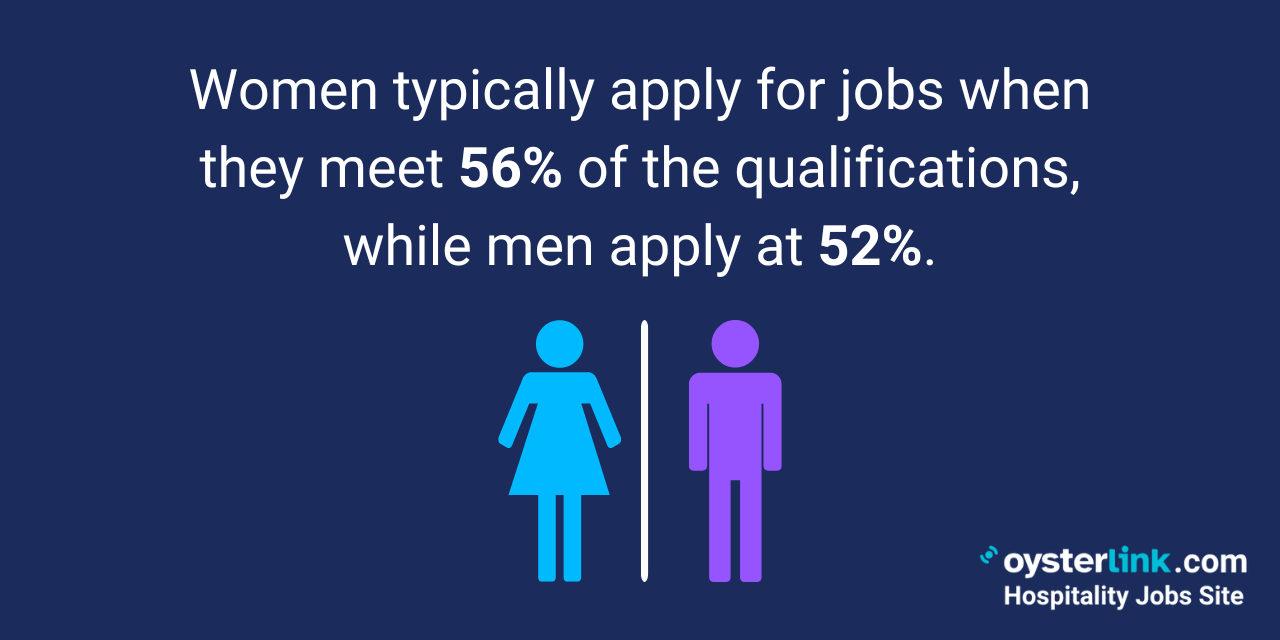
You can create stronger job descriptions by listing the key technical and people skills and removing unnecessary education rules.
Equal Opportunity Statements
Your EOE statement proves your commitment to fair hiring. 76% of candidates check workplace diversity before applying.
Monitoring and Improving Bias-Free Job Postings Over Time
Keeping job postings bias-free isn’t a one-and-done task—it’s an ongoing process. Regularly review your listings with inclusive language tools and pay attention to feedback from candidates and hiring teams.
Watch trends like who’s applying, how diverse your candidate pool is, and whether certain words turn people away. Over time, these small tweaks add up—helping your job posts stay fresh and genuinely open to everyone.
Equal Opportunity Statements: Best Practices and Conclusion
The choice is clear: keep biased language and lose great talent, or write postings that welcome every qualified applicant.
Start reviewing your job descriptions today—small wording changes can open doors, reduce legal risk, and help you build stronger, more diverse teams.
OysterLink gives you the tools to create fair, inclusive, and compliant hiring processes anywhere in the world — helping your company attract top talent, stay compliant, and build stronger global teams.
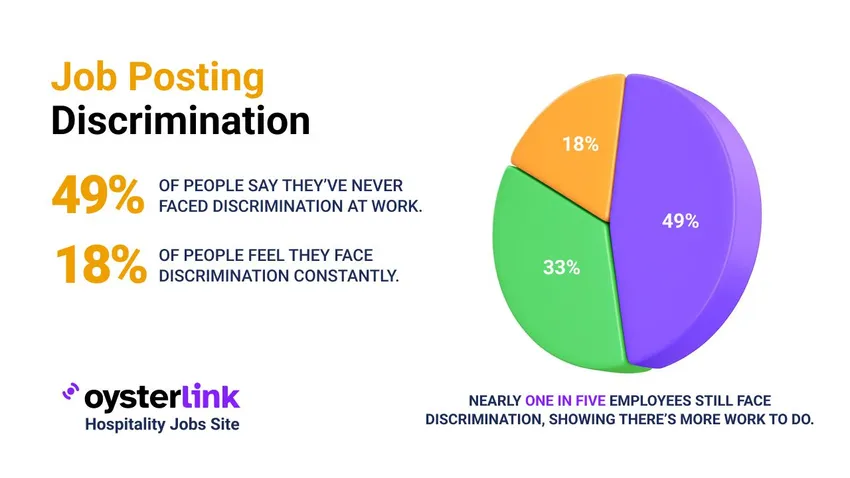




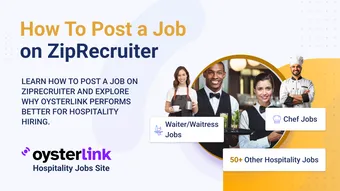

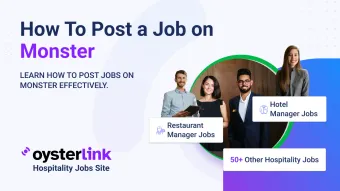
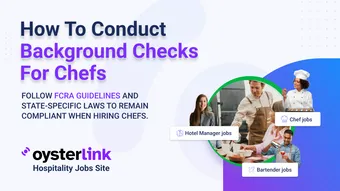


Loading comments...